advertisement
iPhone touch gestures and commands—no Home button, no problem!
During the first decade of the iPhone’s existence, the Home button was a reliable constant. Then, with the iPhone X,…
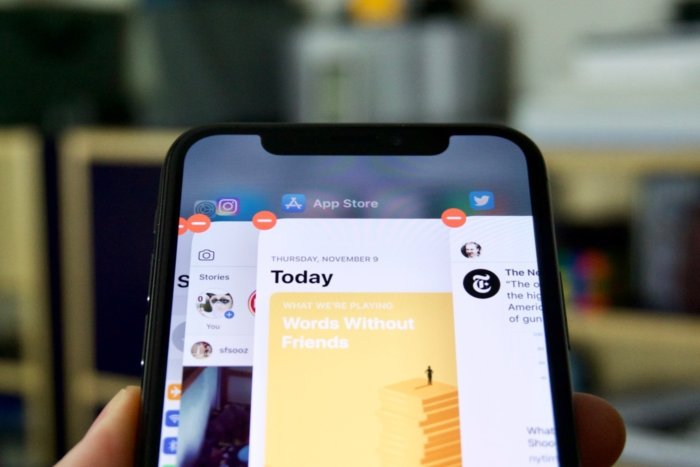
During the first decade of the iPhone’s existence, the Home button was a reliable constant. Then, with the iPhone X, it suddenly disappeared, and since then, all the new iPhones (the iPhone XR, iPhone XS, iPhone 11, and iPhone 11 Pro) have featured edge-to-edge displays with no Home button.
What’s more, the iPhone 11 and iPhone 11 Pro don’t have 3D Touch. So Apple has adapted iOS to make it easier to use without a Home button or pressure-sensitive touches. Here’s a quick guide to all the new gestures and button combinations you’ll need to use a modern iPhone with iOS 13.
Return Home: Let’s start with the most basic of Home button features: returning to the home screen. Just swipe up from the bottom of the screen. Easy!
advertisement
Wake it up: You can still raise the phone to wake it like you can on other modern iPhones, or tap the side button. Modern iPhones also support tap-to-wake: just tap the display to wake it up.
Jump between apps: Swipe left or right along the bottom edge of the phone to jump back and forth between apps. You can sort of “flick” from the bottom corners, moving your finger up and over, to “bounce” between the apps, or just slide directly side-to-side along the bottom edge.
App switcher: Want to see all your running apps? Swipe up from the bottom edge and pause for a second with your finger still on the display. App cards will quickly pop up, and you can lift your finger off and swipe around through them.
advertisement
Close an app: You shouldn’t have to do this often, but if you need to kill an app from the app switcher (see above), just swipe up on the app card. It doesn’t need to be the topmost card, and you can even swipe away multiple apps at once.
Take a screenshot: Simply press the side button and the volume up button at the same time.
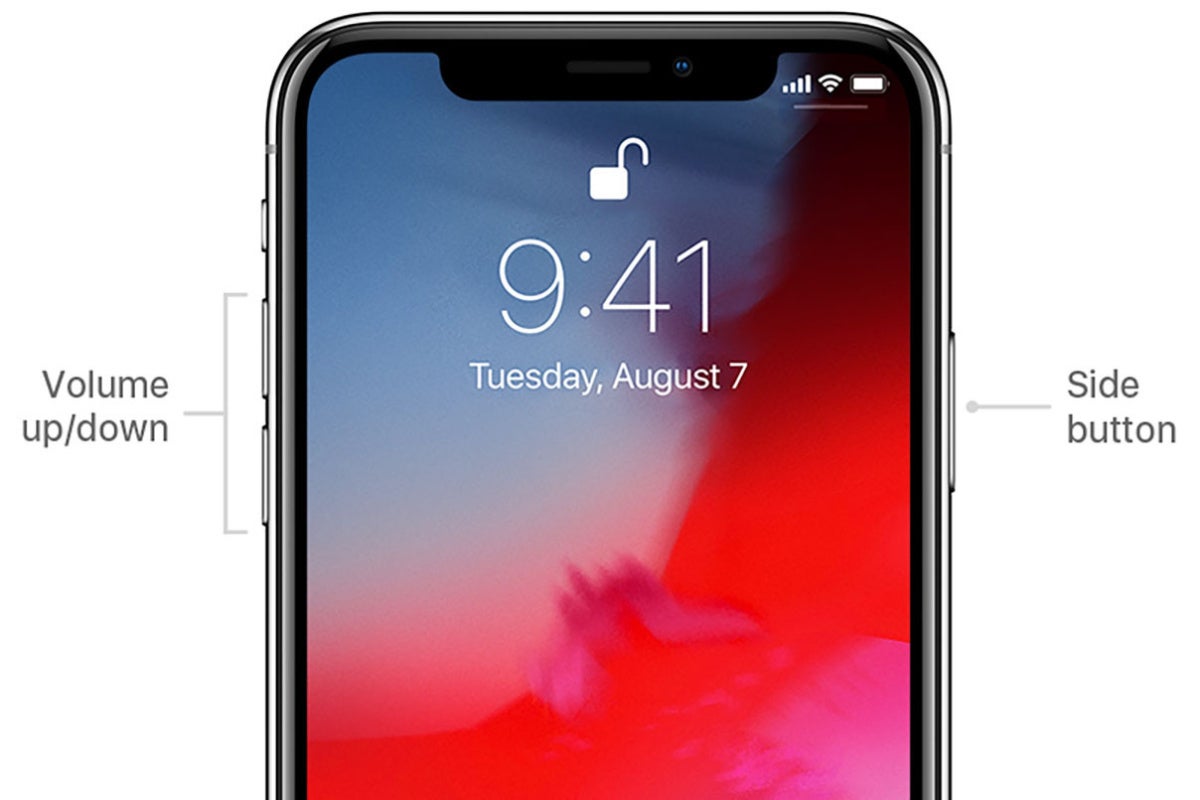 APPLE
APPLE
advertisement
Rearrange and Delete apps: The tap-and-hold gesture to rearrange and delete apps has changed a little in iOS 13. Tap-and-hold on an app icon and you’ll see a list of shortcuts you can do with that app. At the end of that list you’ll see two options: Share [app name] (for third-party apps) and Rearrange Apps.
Select Rearrange Apps and all your apps will wiggle and have an (X) icon in the corner. Tap-and-hold apps to move the around, drag them on top of each other to make a folder. Tap the (X) icon to delete them. From the home screen, tap Done in the upper right to return your screen to normal.
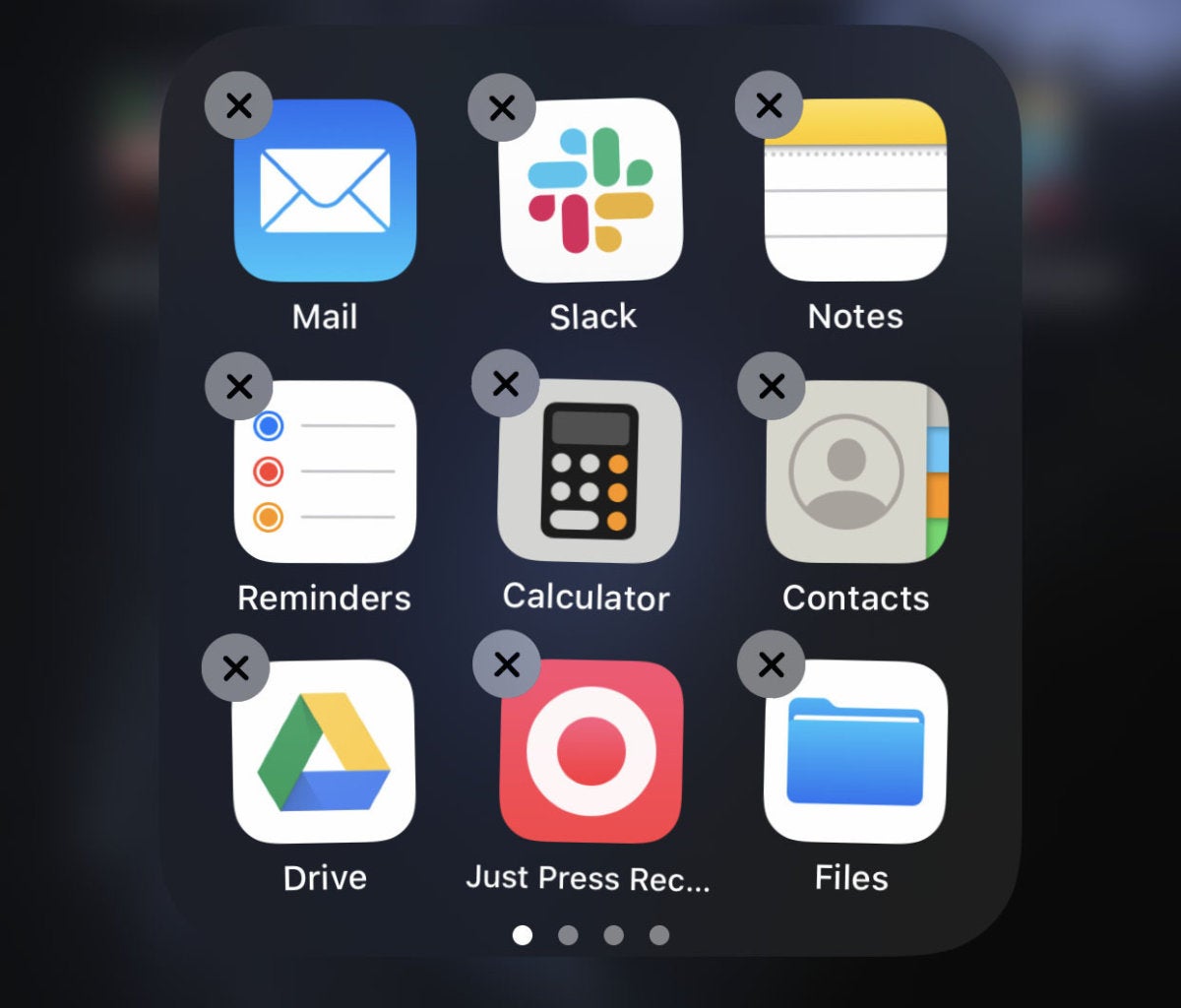 IDG
IDG
You can also enter the Rearrange Apps mode by simply continuing to hold the app icon even after the shortcut list appears. Just tap-and-hold and keep holding until you reach the wiggling apps state.
Haptic Touch: The latest iPhones don’t have 3D Touch, but they do most of the things 3D Touch used to do with a simple long press. Tap-and-hold on a web link to see a preview window with a list of options (Open in Safari, Add to Reading List, Copy Link, and so on). You can do the same with dates and times to quickly make calendar events or reminders, addresses to view them in Maps or get directions, and more.
Most of the icons in the Control Panel have secondary or expanded functions if you long-press on them, too.
 IDG
IDG
Reachability: If you’re having trouble reaching stuff at the top of your iPhone’s screen, this feature can help. Drag down on the bottom edge of the display to shift everything down. Drag up again (or wait a few seconds) to return it to normal.
Reachability is disabled by default. You can turn it on in Settings > Accessibility > Touch.
Notifications: You still swipe down from the top of the screen, just as with other iPhones. But on modern iPhones with a camera notch and no Home button, there are two “swipe from the top of the screen” gestures; swipe from the left side of the sensor notch to get to your notifications.
Control Center: With the bottom of the screen consumed with other home gestures, the control center swipe has moved to the top of the screen. Just swipe from the right side of the sensor notch. The right “horn,” if you will. The left side is Notifications (see above).
Invoke Siri: Just press and hold the side button for a couple seconds. Once the Siri interface pops up, you can issue your command or ask your question without saying “Hey, Siri” first. Of course, you can still invoke Siri hands-free by saying, “Hey, Siri!”
Apple Pay: Tap the side button twice. You’ll have to authenticate the purchase with either Face ID or your passcode. A tip: don’t hold your phone to the payment terminal, then authenticate it, then hold it back to the payment terminal again. Just double-tap that side button and look at your iPhone to authenticate with Face ID in one quick motion, and then tap it to the payment terminal.
Power off and S.O.S.: To get the power off slider and S.O.S. button, press and hold the side button and either volume button for a few seconds. You’ll feel a quick tap-tap-tap.
Temporarily disable Face ID: The above command (press and hold the side button and either volume button) also disables Face ID temporarily. You must use your passcode to unlock your phone (after which Face ID functionality will be restored). This quick easy gesture is designed to be done without looking, even in your pocket, with a tap-tap-tap vibration to let you know it worked. This way if your phone is taken from you or seized by law enforcement, they can’t unlock it simply by holding it up to your face.
Force reset: Quickly tap the volume up button, then the volume down button, then press and hold the side button until the Apple logo appears (usually 10 to 20 seconds). If your iPhone is totally unresponsive, this is the first thing you should try.
 IDG
IDG
Access your widgets: Swipe right on the first home screen to see your Widgets. Scroll down to the bottom to find an Edit button and tailor these to deliver just the at-a-glance info you want to see.
Invoke the Edit Bar: New to iOS 13 is an Edit Bar that makes it a little easier to cut, copy, paste, undo, and redo. In any text entry field, just tap the screen with three fingers, holding them on the screen for a second or two.
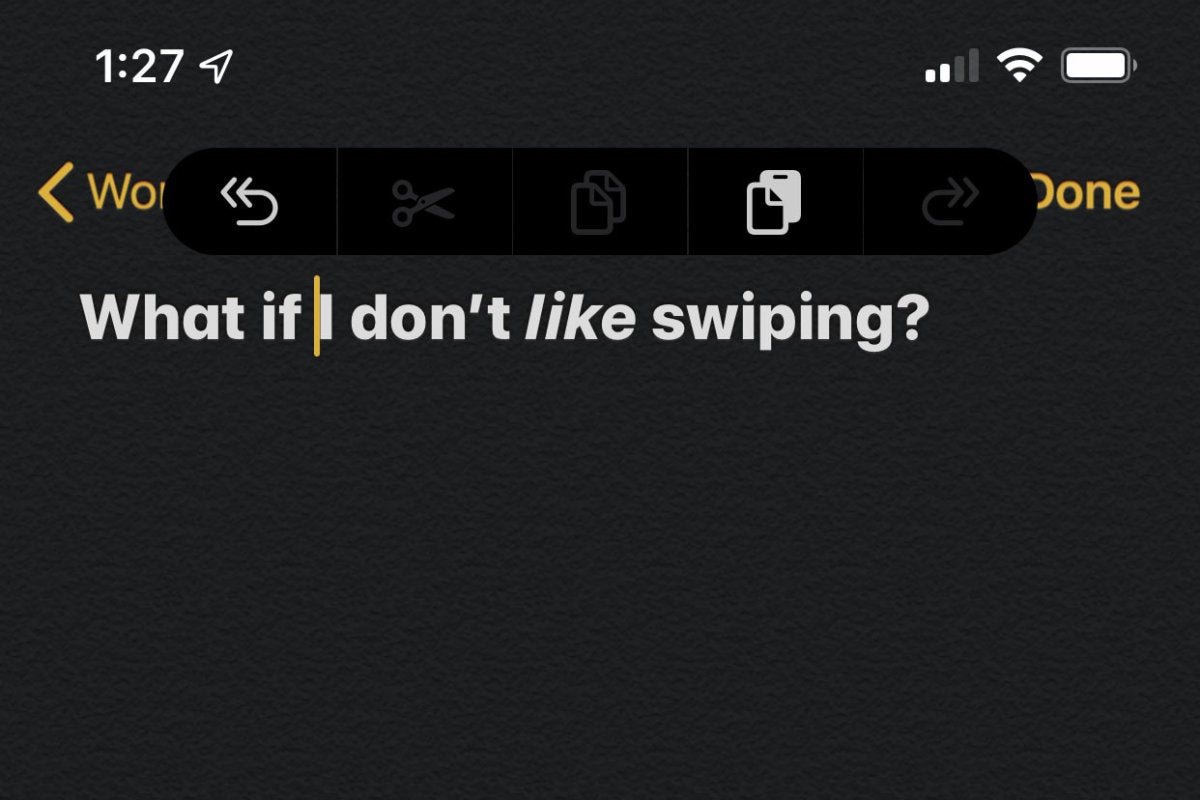 IDG
IDG
Undo and Redo: If you don’t want to use the Edit Bar, you can quickly undo or redo your last command or text entry. A three-finger swipe to the left will Undo, and a three-finger swipe to the right will Redo.
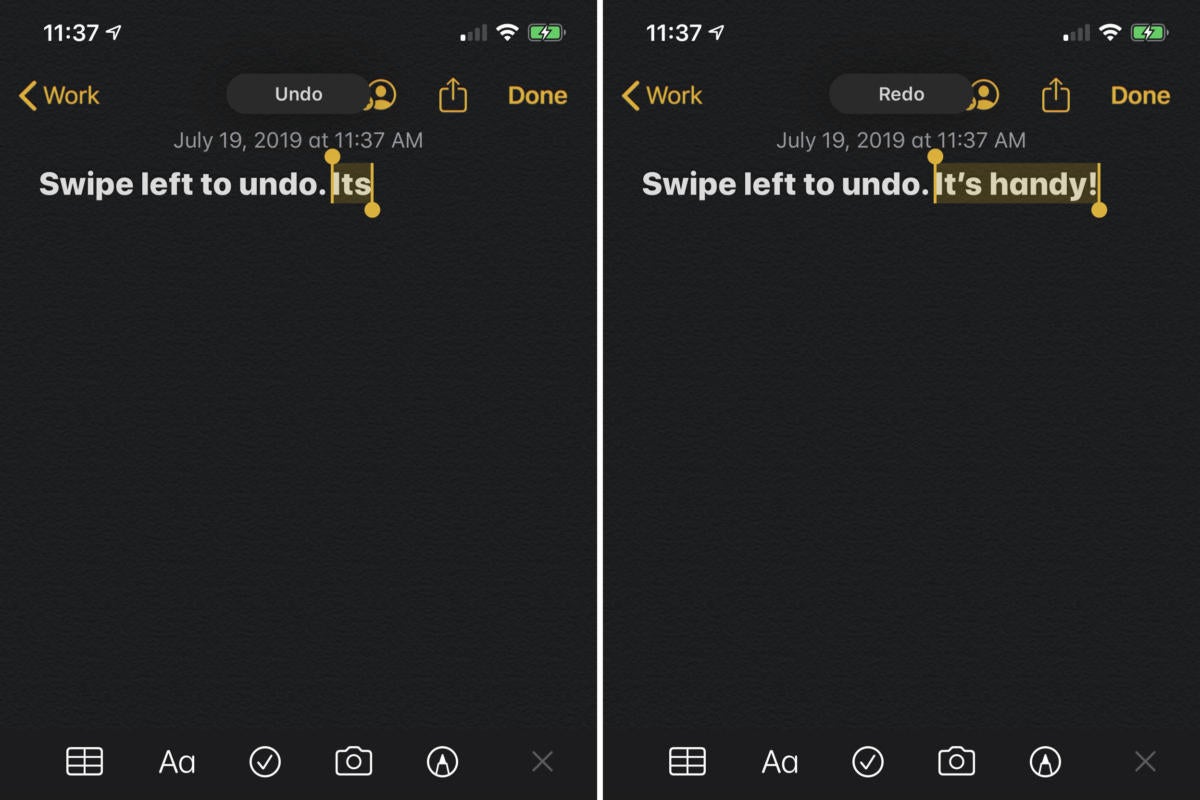 IDG
IDGCut, Copy, and Paste: If the Edit Bar is too slow for you, you can use some three-finger gestures to cut, copy, and paste in a flash. A three-finger “pinch” gesture will Copy the selected text. A second three-finger pinch will Cut it. Then just do the gesture in reverse (a three-finger un-pinch) to Paste.
Move the cursor: In any text entry field, simply tap-and-drag the cursor to wherever you want it to go. In iOS 13, Apple added a new way to move the cursor, and it’s incredibly useful. Tap-and-hold on the space bar on the on-screen keyboard. You’ll see all the letter keys turn blank, and then you can move the text input cursor by dragging your finger around the whole keyboard area as though it were a touchpad.
Select text: Double-tap a word to select that word, or triple-tap a word to select the whole sentence. Quadruple-tap to select an entire paragraph! Drag the endpoints left or right to change your text selection.
Drag the scroll bar: iOS 13 gives you the ability to drag the scroll bar in almost every app that has one. Twitter, Safari, Apple News, you name it; if you see a scroll bar on the right side of the display, simply tap and hold it until you feel a little haptic feedback and the scroll bar grows wider. Then you can drag it up and down to quickly fly up and down the page. If you’re having trouble “grabbing” the scroll bar, try holding just a little further away from the edge of the screen—if you’re close to the edge, it doesn’t work well.
Multiple selection: In many apps that let you select items (like Photos or Files) you can select multiple items by tapping-and-dragging with two fingers.
Remember that most of the gestures that have you swiping from the edge of the screen don’t require a lot of precision. As long as you’re somewhere in the general vicinity of the edge, they should work. Apple indicates the bottom “gesture area” with a horizontal bar. Some apps have their own screen-edge gestures (games, in particular, are known for this). If you’re using an app that has a screen-edge gesture the same as a general iPhone X command, just repeat it. The first swipe should perform the game’s command, but the second swipe should perform the iOS system command.